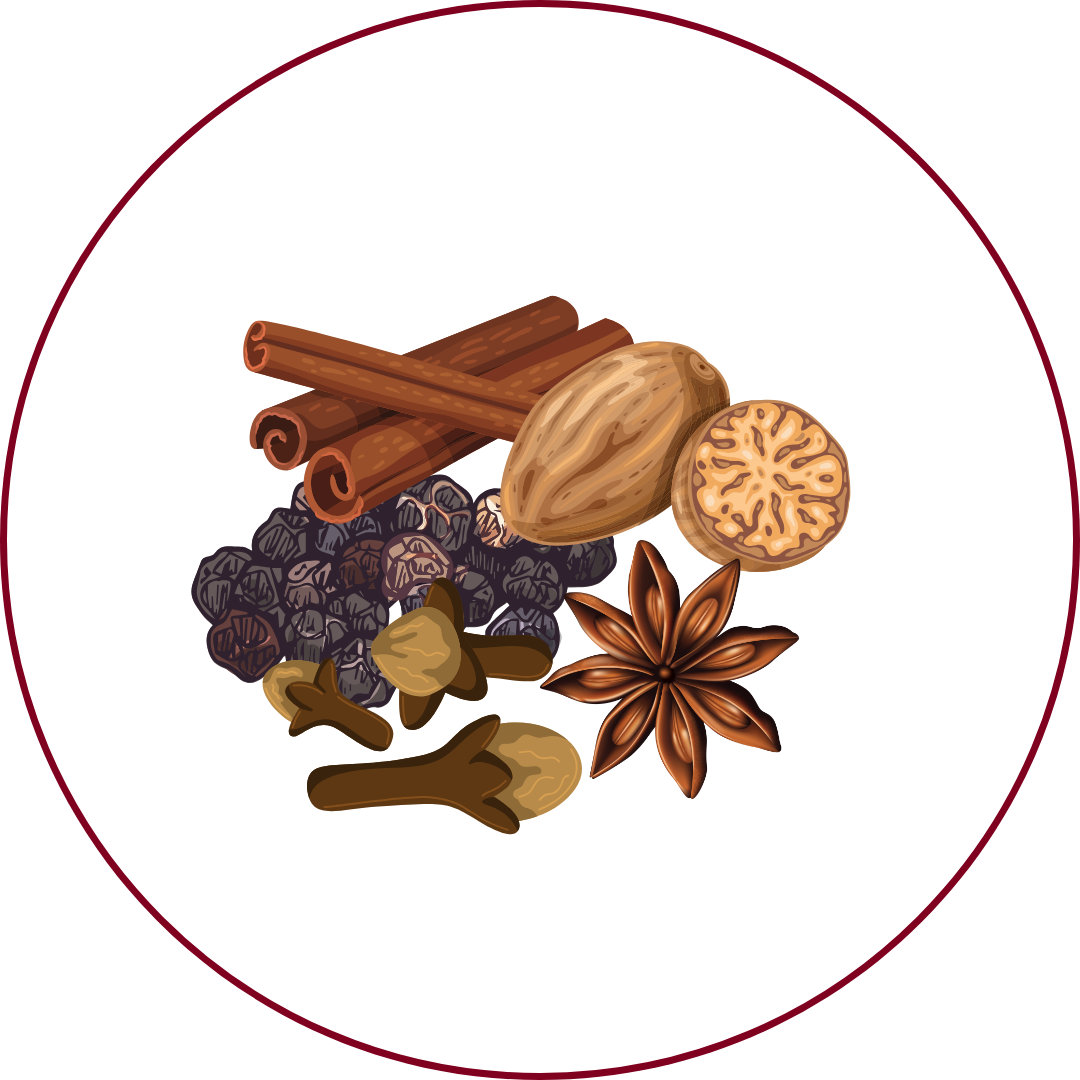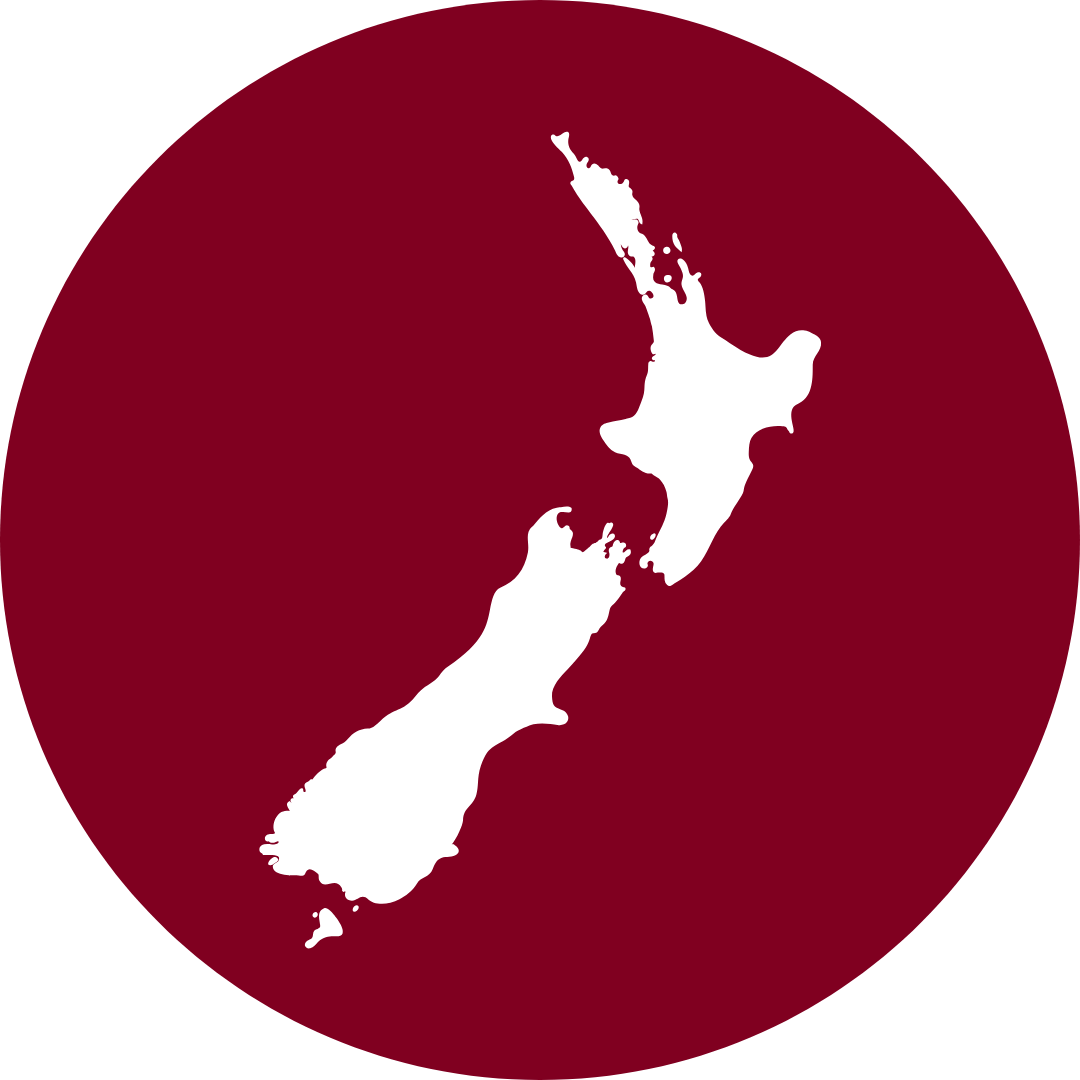Grape Variety
Pinot-Noir
"pee-noh nwahr"
Wine Styles
 Sparkling
Sparkling Light White
Light White Full White
Full White Aromatic
Aromatic Rosé
Rosé Light Red
Light Red Medium Red
Medium Red Full Red
Full Red Dessert
DessertAbout Pinot-Noir
Origin
Burgundy, France
History
Pinot Noir is one of the oldest grape varieties cultivated for wine production, with a history dating back over a thousand years. Its name is derived from the French words for 'pine' and 'black,' referring to the grape's tightly clustered, pinecone-shaped bunches of dark fruit. Primarily associated with the Burgundy region of France, Pinot Noir has gained acclaim for producing some of the world's most elegant and complex wines. Due to its thin skin and susceptibility to various viticultural hazards, it is often referred to as the 'heartbreak grape.' Despite these challenges, Pinot Noir is now cultivated in many cooler wine-growing regions worldwide, including Oregon, California, New Zealand, and Germany.
Appearance
Small, tightly clustered bunches of dark blue to black berries.
Growing Traits
Pinot Noir is known for its genetic instability, leading to numerous clones and mutations. It thrives in cooler climates with well-drained soils and requires meticulous vineyard management due to its susceptibility to diseases and environmental factors. The grape's thin skin contributes to its delicate tannin structure and light color in the resulting wines.
Wine Characteristics
Body
2/5
Sweetness
1/5
Tannin
2/5
Acidity
4/5
Alcohol
2/5
Light to medium-bodied with a silky texture and complex flavor profile. Typically vinified dry, though some off-dry and sparkling versions exist. Low to medium tannin levels, contributing to a smooth and elegant mouthfeel. Medium to high acidity, providing freshness and enhancing its food-pairing versatility. Moderate alcohol content, generally around 12-14%, contributing to its balanced character.
Taste Profile

Red cherry

Raspberry

Strawberry

Cranberry

Earthy

Mushroom

Floral

Spice
Pinot Noir wines are celebrated for their aromatic complexity and elegance. They often exhibit vibrant red fruit flavors such as cherry, raspberry, and strawberry, complemented by earthy undertones, mushroom, and subtle floral notes. With age, Pinot Noir can develop additional layers of complexity, including notes of forest floor and spice.
Food Pairing
Pinot Noir's versatility and balanced acidity make it an excellent companion for a variety of dishes. It pairs well with roasted poultry, duck, and pork, as well as earthy vegetables like mushrooms and root vegetables. Its subtle tannins and red fruit flavors complement dishes such as grilled salmon, tuna, and soft cheeses like Brie and Camembert.
Growing Regions

France
BurgundyChampagneAlsace

United States
CaliforniaOregon

New Zealand
Central OtagoMarlboroughWairarapa

Germany
BadenPfalzAhr
Notable Wines & Producers
Romanée-Conti
Domaine de la Romanée-Conti
Chambertin
Domaine Armand Rousseau
Sonoma Coast Pinot Noir
Kistler Vineyards
Willamette Valley Pinot Noir
Domaine Serene
Central Otago Pinot Noir
Felton Road
Pinot-Noir FAQ
Common questions about this grape variety
What is the origin of Pinot-Noir?
+
Burgundy, France
Is Pinot-Noir wine full bodied?
+
Pinot-Noir has a body level of 2 out of 5. Which means that Pinot-Noir is Moderate to Light bodied.
Is Pinot-Noir wine dry or sweet?
+
Pinot-Noir has a dryness level of 1 out of 5. Which means that Pinot-Noir is Dry.
Where is Pinot-Noir wine from?
+
Burgundy, France
Where is Pinot-Noir grown?
+
Pinot-Noir is grown in France (Burgundy, Champagne, Alsace)United States (California, Oregon)New Zealand (Central Otago, Marlborough, Wairarapa)Germany (Baden, Pfalz, Ahr).
What is Pinot-Noir like?
+
Pinot Noir wines are celebrated for their aromatic complexity and elegance. They often exhibit vibrant red fruit flavors such as cherry, raspberry, and strawberry, complemented by earthy undertones, mushroom, and subtle floral notes. With age, Pinot Noir can develop additional layers of complexity, including notes of forest floor and spice.
What does Pinot-Noir pair with?
+
Pinot Noir's versatility and balanced acidity make it an excellent companion for a variety of dishes. It pairs well with roasted poultry, duck, and pork, as well as earthy vegetables like mushrooms and root vegetables. Its subtle tannins and red fruit flavors complement dishes such as grilled salmon, tuna, and soft cheeses like Brie and Camembert.
What does Pinot-Noir taste like?
+
Pinot Noir wines are celebrated for their aromatic complexity and elegance. They often exhibit vibrant red fruit flavors such as cherry, raspberry, and strawberry, complemented by earthy undertones, mushroom, and subtle floral notes. With age, Pinot Noir can develop additional layers of complexity, including notes of forest floor and spice.
Take Pinot-Noir Knowledge with You
Access detailed grape profiles, tasting notes, and pairing suggestions on your iPhone.
Download on theApp Store